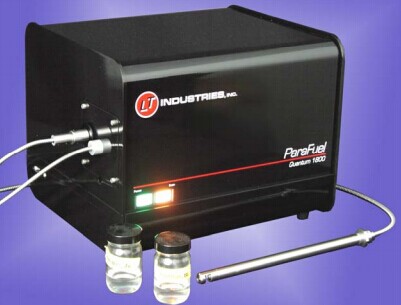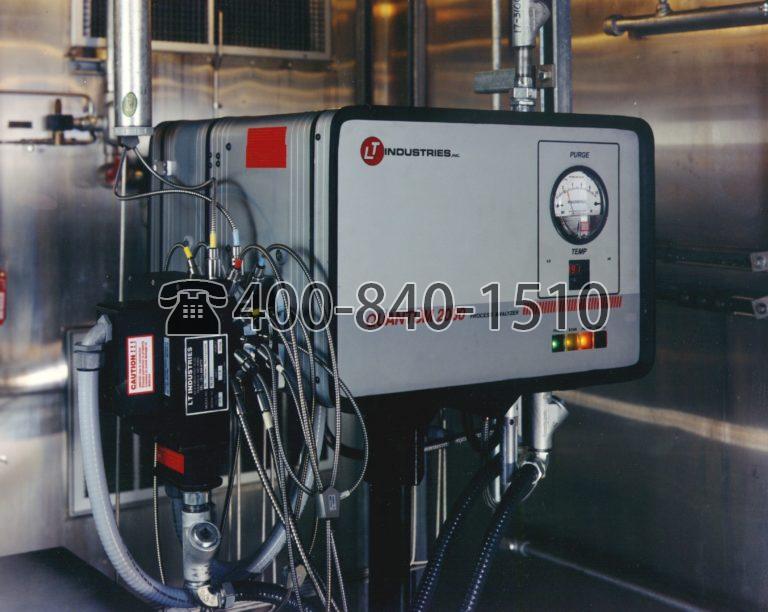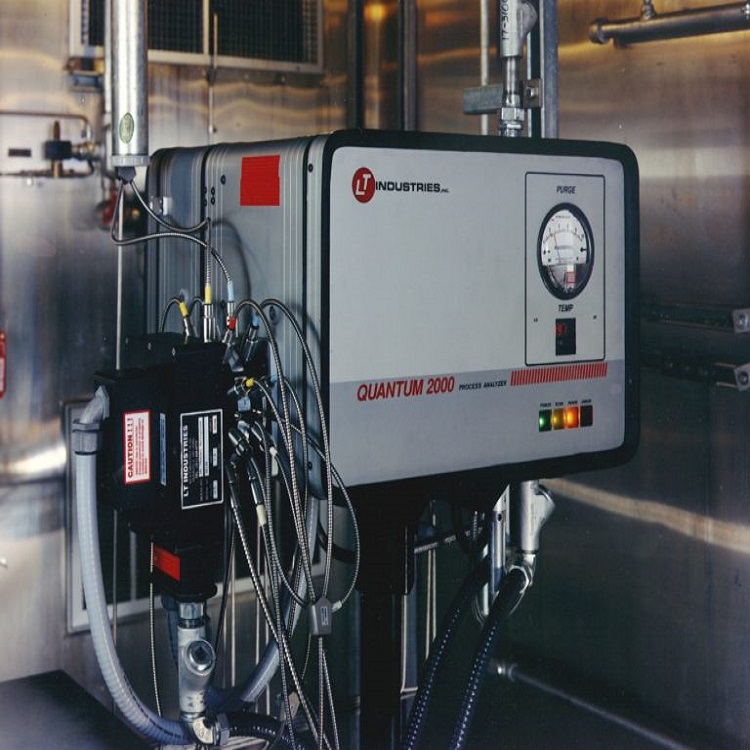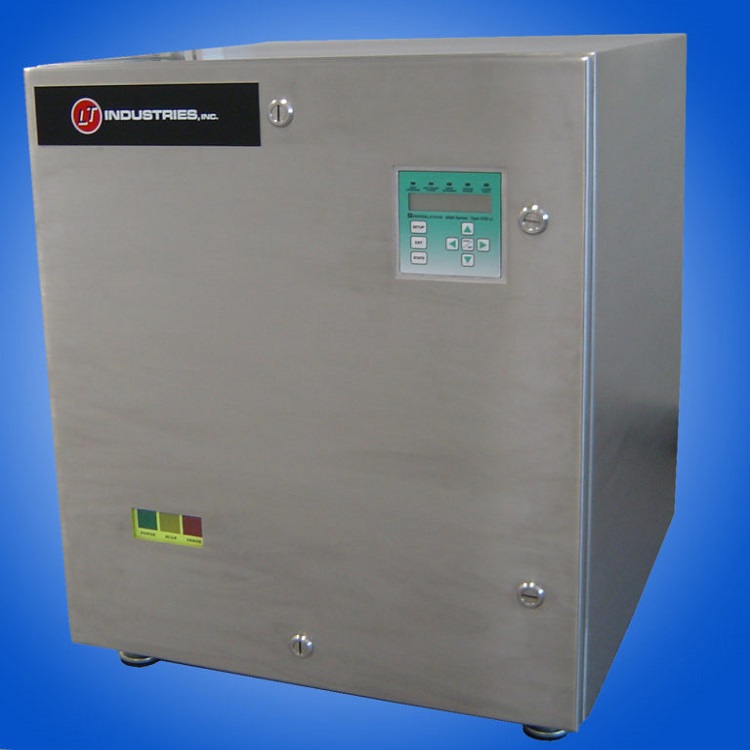ParaFuel™ systems from LT Industries are small, rugged analyzers designed for use in biodiesel Plants & laboratories. Whatever the analytical need – Finished product qualification, In-Process readings, or incoming product properties — the ParaFuel™ system can do the job. You can expect low cost, fast results, and low operator training loads from every ParaFuel™ system.
ParaFuel’s full networking capability allows data to be accessed wherever needed. OpCon-II user interface provides customized screens, result reporting, and data-logging. LTBus software allows the system to interface with plant DCS, PLC, or other computer systems using Modbus, 4-20 mA, and other protocols.
Easy to use, easy to own
Make fussy sampling procedures a thing of the past. Simply dip the probe into a sample and hit “Enter” on the controlling computer. The ParaFuel provides your analytical results in seconds.
Available Options:
• On-Line Integration – With sampling points
directly in the process get real time automated results. Use them to control your process to balance other inputs, insure complete reactions, and increase yield of ASTM approved product.
Analyzer Specifications:
The ParafuelTM analyzer equipped with a Multiplexer, fiber optic
cable, and probe was used to scan Biodiesel blends and B-100
directly off the process.
The measurements shown are Glycerin (Mono-, Di-, Tri-, and Total)
and the ratio of Biodiesel/Diesel
from 1 to 20%. Blended product
included Animal Fat, Chicken Fat,
Vegetable Fat, and Used Recycled
Grease as FAME sources. This
extreme range of variables indicates
the robustness of the technique.
The measurements shown are only
a sampling of what the ParaFuelTM
can bring to your lab.
Reliability: Designed for twenty-four hour operations without shut-down.
Spectral range: 1200 – 2400 nm (other ranges available from 400 – 2400 nm)
Scanning speed: 5 scans per second
Spectral addition: Scans may be added under computer control
Measurement modes: Reflectance, Transmittance, Transflectance
Data interval: 1 nm (1200 points over the spectral range)
Bandwidth: 10 nm
Photometric range: 5 Absorbance Units
Wavelength repeatability: 0.01 nm
Stray light: 0.1% or better
Light geometry: Optimized for minimum specular reflectance and maximal S/N
Auxiliary port: Computer controlled for alternative sampling
Possible signal output: Multiple 4-20 mA, multiple voltages, MODBUS, and more
Power: 120V, 3.5 Amp, 60Hz or 220V, 1.8 Amp, 50 Hz
Power transients: Filtered
Dimensions: 12” x 15“ x 13“ (HWD), 30.5 cm x 39.7 cm x 34.9 cm (HWD)




